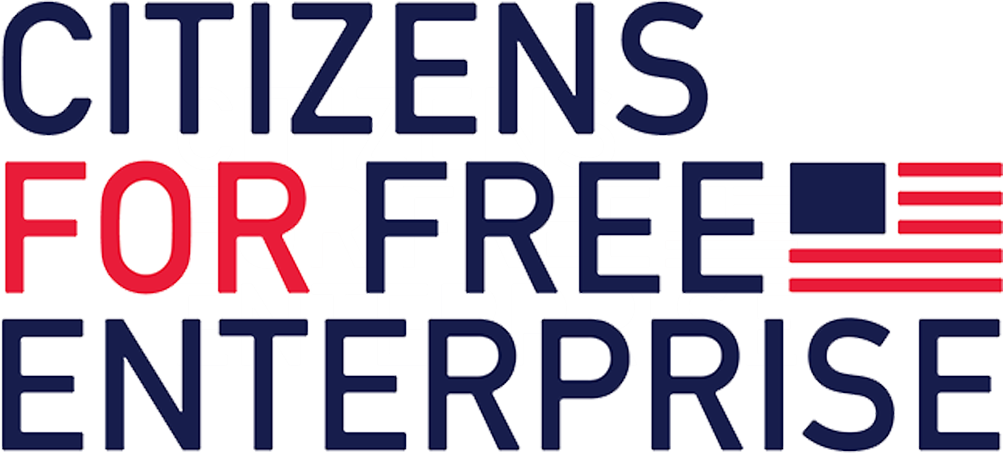Americans around the country recently marked another Labor Day; in addition to enduring the summer heat, we also had to endure another cycle of big labor activists—and a vice president—falsely giving big labor credit for various benefits enjoyed by American workers. Vice President Kamala Harris is not the first executive branch official to make this ahistorical claim; three years ago, in celebration of Labor Day, the director of the Office of Labor-Management Standards in the Department of Labor, Jeffrey Freund, published an embarrassing blog post thanking unions for Labor Day and “so much more” and patting his own agency on the back for administering various “government-provided benefits.” The claim falsely attributes the first workplace retirement plans and length of the work week, among other benefits, to collective bargaining. Like Harris’ claim that “you better thank a union member” for the five-day work week, paid leave, sick leave and vacation time, Freund’s claim also does not hold up to history.
Employee Benefits
When it comes to non-wage benefits, historical records from the Department of Labor (DoL) itself make clear that these benefit programs pre-date their inclusion in collective bargaining agreements and were already well established by the time they were wrapped into union contracts. One DoL Bulletin noted that: “Between 1900 and 1930, the number of welfare plans sponsored by employers increased substantially. Organized labor, because it had no voice in the administration and was not protected by contractual obligations, never whole heartedly endorsed such plans.” These plans included health coverage, life insurance and even pension plans. The first pension plan dates all the way back to 1875, implemented by American Express. Other companies soon followed, voluntarily offering such benefits to their employees. Notably, organized labor remained skeptical of such plans and viewed them as attempts to pull worker support from a union toward management.
In fact, the first collective bargaining agreement to include such employee benefit programs was not negotiated until 1926 in New York. It wasn’t until the late 1940s, following several decisions from the National Labor Relations Board, that such benefits were even necessarily subject to collective bargaining. Take the example of Con Edison. The company’s employee benefit plan included health and medical care with sick pay, life insurance and retirement benefits. The benefit plan was established in 1891, more than 45 years before the company began engaging in any collective bargaining with employees in 1937.
The historical record related to paid vacation time similarly points to a benefit that was primarily available to nonunion workers before it was later incorporated into union contracts. Vacation time was considered a prerogative of—largely nonunionized—office workers for years before gaining acceptance in the union workforce in the early 1940s. In 1940, only one quarter of all union workers had paid vacation benefits, but by the end of 1944, that number had risen to 85 percent, nearly matching the portion of the nonunion workforce with similar benefits. Even with those gains, in nonmanufacturing industries—the majority of the workforce—vacation time was still more prevalent among nonunion workers.
Excluding the obvious reasons, why did nonwage benefits like health plans, pension plans and paid vacation leave surge in popularity at this time? Because during World War II, FDR set wage controls limiting the pay for workers across the economy. With wages frozen, nonwage benefits became one of the only ways for companies to reward both nonunion and union employees. Additionally, following expansions of the income tax, nonwage benefits and pension plans in particular grew more popular because of their favorable tax treatment.
40-Hour Work Week
While the record on employee benefits is clear, the record related to work days/hours is more mixed and very controversial. An eight-hour workday was unquestionably a cornerstone of early union efforts, and the fight was one of the key precipitants of the 1886 Haymarket Riot. However, the concept of an eight-hour workday was not new and dates back three centuries earlier to a law in Spain requiring it.
Henry Ford, one of the most successful and influential businessmen of the early 20th century, was among the first to voluntarily adopt the eight-hour workday in his factories, notoriously raised wages well above his competitors, and even employed men with criminal records. More importantly, Ford pioneered the shift to a five-day work week as early as 1922, and fully implemented in 1926. Ford’s workers were already working eight-hour shifts, making him the most notable employer to implement a 40-hour work week, “without labor agitation”, and well over a decade before any federal law required it. Big labor activists refuse to give Ford his credit, but his influence in these important areas is undeniable, and their movement would have been much more difficult if Ford had opposed it rather than paved the way.
The bottom line is, did unions popularize some of these benefits? Yes, for their members, after they were already available. They also turned around and pushed for laws protecting their contracts and requiring benefits already being offered, not due to altruism, but because it strengthened their bargaining position. They no longer had to demand a benefit because it was now legally required, setting a negotiating floor and leaving room for them to ask for more. Activists treat industrialists like Ford as greedy businessmen out to exploit their employees, but these entrepreneurs knew that success in the free market requires incentivizing the best employees to stay at the company.

